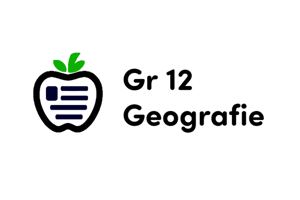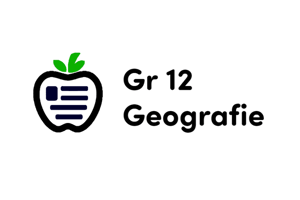Podcast
Questions and Answers
¿Cuál es el propósito de la criptografía en la seguridad de la información?
¿Cuál es el propósito de la criptografía en la seguridad de la información?
Proteger datos en tránsito utilizando protocolos seguros
¿Qué es el acceso controlado en la seguridad de la red?
¿Qué es el acceso controlado en la seguridad de la red?
Restringir el acceso de los usuarios a los recursos de la red según su identidad y permisos
¿Cuál es el objetivo de la inteligencia artificial?
¿Cuál es el objetivo de la inteligencia artificial?
Desarrollar sistemas informáticos que puedan realizar tareas que normalmente requieren inteligencia humana
¿Qué es la computación en la nube?
¿Qué es la computación en la nube?
¿Cuál es el propósito de la visión por computadora?
¿Cuál es el propósito de la visión por computadora?
¿Cuál es el proceso de extracción de patrones y relaciones en grandes conjuntos de datos?
¿Cuál es el proceso de extracción de patrones y relaciones en grandes conjuntos de datos?
¿Qué tipo de bases de datos almacenan datos en una variedad de formatos para permitir diseños de esquema flexible?
¿Qué tipo de bases de datos almacenan datos en una variedad de formatos para permitir diseños de esquema flexible?
¿Qué es el propósito principal de un firewall en la seguridad de la red?
¿Qué es el propósito principal de un firewall en la seguridad de la red?
¿Qué técnica se utiliza para organizar datos de manera que se minimicen la redundancia y se mejore la integridad de los datos?
¿Qué técnica se utiliza para organizar datos de manera que se minimicen la redundancia y se mejore la integridad de los datos?
¿Cuál es el nombre del proceso de diseño de la estructura de una base de datos?
¿Cuál es el nombre del proceso de diseño de la estructura de una base de datos?
Flashcards are hidden until you start studying
Study Notes
Data Analytics
- Definition: The process of extracting insights and patterns from data to inform business decisions.
- Key concepts:
- Data mining: discovering patterns and relationships in large datasets.
- Data visualization: presenting data in a graphical format to facilitate understanding.
- Predictive analytics: using statistical models to forecast future outcomes.
- Tools and techniques:
- Data warehousing: storing data in a central repository for analysis.
- Business intelligence: using data to inform business decisions.
- Machine learning: using algorithms to identify patterns and make predictions.
Database Management
- Definition: The process of designing, implementing, and maintaining databases to store and manage data.
- Key concepts:
- Data modeling: designing the structure of a database.
- Data normalization: organizing data to minimize redundancy and improve data integrity.
- Database performance tuning: optimizing database performance for efficient data retrieval.
- Database types:
- Relational databases (RDBMS): storing data in tables with defined relationships.
- NoSQL databases: storing data in a variety of formats for flexible schema design.
Network Security
- Definition: The practice of protecting computer networks from unauthorized access, use, disclosure, disruption, modification, or destruction.
- Key concepts:
- Firewalls: controlling incoming and outgoing network traffic based on security rules.
- Encryption: protecting data in transit using secure protocols (e.g., SSL/TLS).
- Access control: restricting user access to network resources based on identity and permissions.
- Threats and vulnerabilities:
- Malware: malicious software designed to harm or exploit computer systems.
- Phishing: social engineering attacks to trick users into revealing sensitive information.
Artificial Intelligence
- Definition: The development of computer systems that can perform tasks that typically require human intelligence.
- Key concepts:
- Machine learning: training algorithms to learn from data and make predictions or decisions.
- Natural language processing (NLP): enabling computers to understand and generate human language.
- Computer vision: enabling computers to interpret and understand visual data from images and videos.
- AI applications:
- Chatbots: conversational interfaces for customer service or support.
- Recommendation systems: suggesting products or services based on user behavior and preferences.
Cloud Computing
- Definition: The delivery of computing resources and services over the internet on-demand and pay-per-use basis.
- Key concepts:
- Infrastructure as a Service (IaaS): providing virtualized computing resources over the internet.
- Platform as a Service (PaaS): providing a complete platform for developing and deploying applications.
- Software as a Service (SaaS): providing software applications over the internet.
- Cloud deployment models:
- Public cloud: sharing resources with other customers in a multi-tenant environment.
- Private cloud: dedicated resources for a single organization.
- Hybrid cloud: combining public and private cloud resources for flexibility and scalability.
Studying That Suits You
Use AI to generate personalized quizzes and flashcards to suit your learning preferences.




